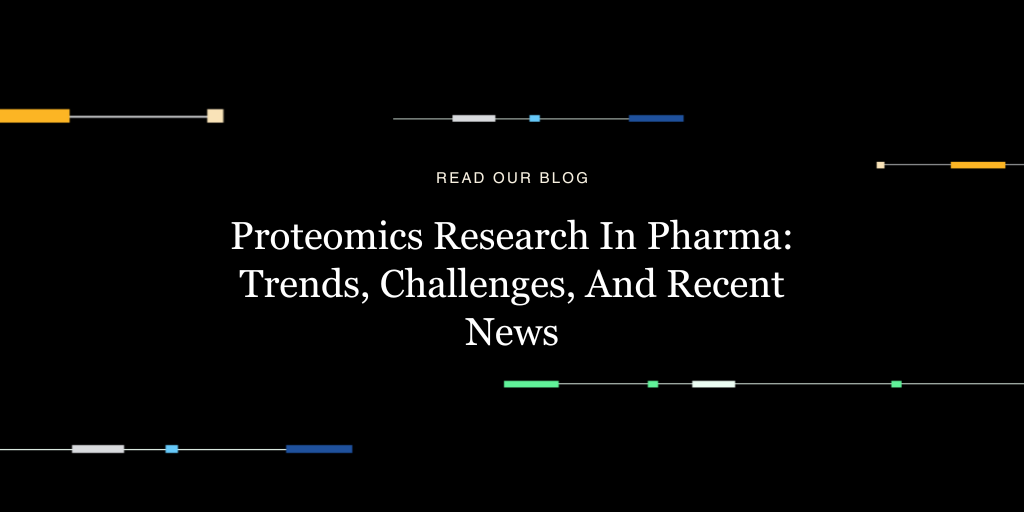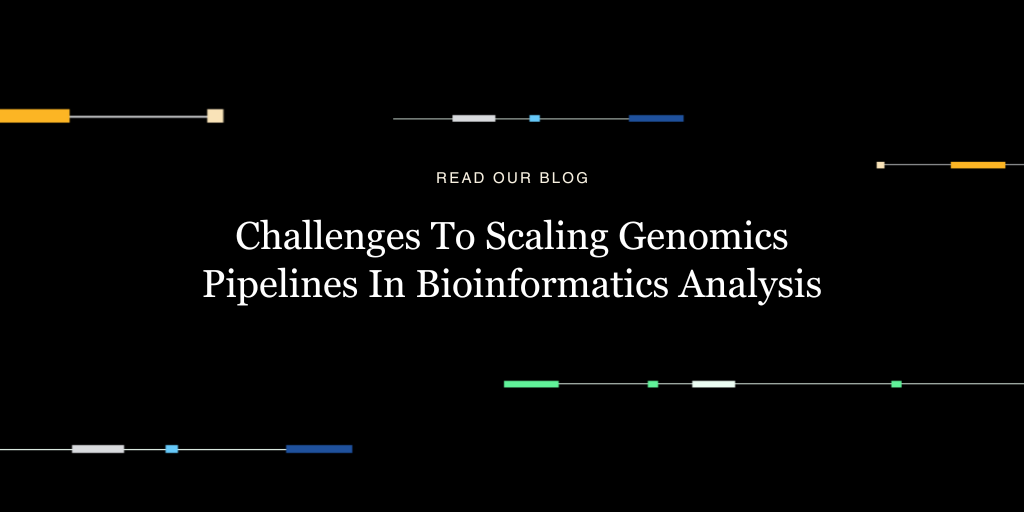Recently, we attended the Plant Genomics Congress in St. Louis, Missouri where more than 160 plant genomics enthusiasts convened to discuss the latest advances in genomics technologies and how those advances can best be applied to further plant research. We often hear about human genomics as it relates to healthcare, but we don’t hear as often about how genomics is impacting the agricultural space. Like biomedical research, plant research has been transformed dramatically by breakthroughs in sequencing technologies and the corresponding drops in cost. Plant scientists are making use of the latest sequencing platforms to assemble new genomes of important food crops such as wheat, corn, and rice; identify key genetic variants that improve crop yields in a variety of different growth environments; guide breeding strategies for the creation of novel and more robust hybrid crops; and discover genes that are responsible for natural resistance to common pests, thus decreasing the need for expensive and less desirable chemical pesticides.
Doreen Ware, the acting USDA-ARS Chief Science Information Officer and adjunct professor at Cold Spring Harbor, spoke on “Translating the Plant Genomes.” In her talk, she stressed the fact that biology is now an information science, and that, in many ways, the agriculture community is not yet ready for all that this entails. In the not distant future, she foresees agricultural researchers collecting data just like weather stations, streaming sequencing data from many disparate field locations to a central repository. This type of large-scale, distributed data collection will require massive storage capabilities as well as massive compute capabilities to transform the raw sequence data into actionable information. To that end, Dr. Ware described a number of initiatives to create the infrastructure needed to migrate plant genomics to the cloud. This work includes a USDA Big Data Initiative, which she described as a hybrid of local and cloud resource; Gramene, an open-source resource for comparative genomics of important crops; and the iPlant Collaborative, a platform containing tools for high-performance computing (HPC), data storage, analysis workflows construction, and data visualization.
Robert Henry, Professor of Innovation in Agriculture and Director of the Queensland Alliance for Agriculture and Food Innovation in Australia, spoke on “Plant Barcoding by NGS Analysis of Chloroplast Genomes in Total Plant DNA Samples.” In his talk, he described the use of NGS to sequence the genomes of the chloroplasts of a number of different plant species. Interestingly, his group found that some older reference genomes of chloroplasts generated via Sanger Sequencing contained more errors compared to the new sequences they obtained via NGS. He also showed the value in using the sequencing of chloroplast genomes to build phylogenetic trees of crops, and using these data to better judge the likelihood of success when forming hybrid crop varieties. And most importantly to many researchers in the audience, Dr. Henry described some of the work he is doing as part of the coffee genome consortium where they are looking at more than 100 wild varieties of coffee to identify genes that might impact taste and aroma to create an elite new brew.
Plant researchers love to do massive breeding experiments looking for phenotype and genotype associations. For instance, one of the vendors at the conference, Douglas Scientific, makes a polymer tape replacement of microplates that can perform 76,800 reactions (typically genotyping via PCR) on a spool the size of a movie reel. Using this system, customers regularly perform genotyping on over 150,000 plants a day. As the cost of sequencing continues to decrease and more reference genomes becoming available, many researchers expressed their belief that more of these plant genomic experiments will transition to NGS. This shift was already apparent in a few of the presentations given, notably by Mary Beatty, Research Scientist at DuPont Pioneer, who described a technique called “Southern-by-Sequencing (SbS)”. Essentially, DuPont Pioneer is using NGS to determine the precise location of trans-gene insertions as well as verify that the trans-gene insertion maintained the full intended sequence and only inserted in a single genomic location.
This was a great event and we at DNAnexus are looking forward to helping advance plant genomics by working closely with the agriculture community to bring together the power of cloud computing with the science of genomics.




